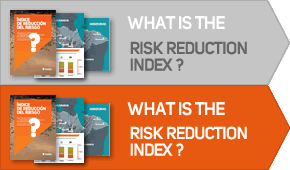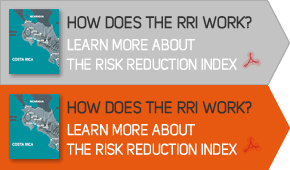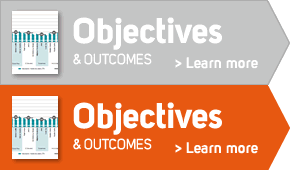“There is no such thing as a ‘natural disaster’ only natural hazards”. UN/ISDR
Disaster risk reduction is the concept and practice of reducing the risk to disaster through systematic efforts to analyse and reduce the causal factors of disasters. Reducing exposure to hazards, lessening vulnerability of people and property, wise management of land and the environment, and improving preparedness for adverse events are all examples of disaster risk reduction (2009 UNISDR Terminology on Disaster Risk Reduction).
Disasters often follow natural hazards. A disaster’s severity depends on how much impact a hazard has on society and the environment. The scale of the impact in turn depends on the choices we make for our lives and for our environment. These choices relate to how we grow our food, where and how we build our homes, what kind of government we have, how our financial system works and even what we teach in schools. Each decision and action makes us potentially more vulnerable to disasters – or more resilient to them.
Disaster risk reduction includes disciplines like disaster management, disaster mitigation and disaster preparedness, but DRR is also part of sustainable development. In order for development activities to be sustainable they must also reduce the risk to disaster. On the other hand, unsound development policies will increase disaster risk – and disaster losses. Thus, DRR involves every sector of society and requires the engagement of a wide range of governmental departments at both the national and local levels.





Share this